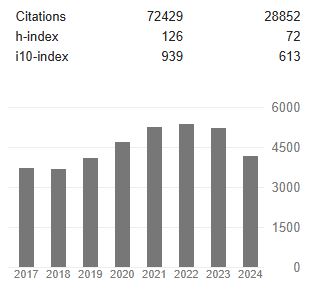Differential Calculus: a Gross Error in Mathematics
Abstract
Temur Z. Kalanov
A detailed proof of the incorrectness of the foundations of the differential calculus is proposed. The correct methodological basis for the proof is the unity of formal logic and rational dialectics. The proof leads to the following irrefutable statement: differential calculus represents a gross error in mathematics and physics. The proof of this statement is based on the following irrefutable results: (1) the standard theory of infinitesimals and the theory of limits underlying the differential calculus are gross errors. The main error is that infinitesimal (infinitely decreasing) quantities do not take on numerical values in the process of tending to zero. The number “zero” is not a permissible value of infinitesimal quantity. The concepts of “infinitesimal quantity”, “movement”, “process of tendency”, and “limit of tendency” are meaningless concepts in mathematics: they are not mathematical concepts because the mathematical formalism does not contain movement (process); (2) the concepts of “increment of argument” and “increment of function” are the starting point of the differential calculus. The gross error is that the increment of argument is not defined. An indefinite (undefined, uncertain, ambiguous, undetermined) increment of an argument is a meaningless quantity (concept); (3) the definition of the derivative of a function is a gross error. The derivative is the limit of the ratio of the function increment to the argument increment under the following conditions: (a) the argument increment is not equal to zero; (b) the increment of the argument tends to zero and reaches the value “zero”. In this case, the following logical contradiction arises: the increment of the argument is both not equal to zero and equal to zero; (4) the differentials of the argument and the function - as infinitesimal quantities - do not take on numerical values. This means that the differentials of quantities have neither quantitative nor qualitative determinacy. In this case, the differentials of quantities are meaningless symbols. The geometric and physical interpretations of the derivative are a gross error; (5) the definition of the total differential of a function of two (many) variables is a gross error because the definition contains a formal-logical contradiction, i.e. the definition as the sum of partial differentials does not satisfy the formal-logical law of the lack (absence) of contradiction; (6) the theory of proportions completely refutes the theory of differential calculus.
Thus, differential calculus does not satisfy the criterion of truth and is not correct scientific (mathematical) theory.




